MCQ ON PHYLUM ANNELIDA class 11 for NEET | MCQ ON NEET Biology class 11th 2022 | MCQ Questions for class 11 Biology chapter 4 PHYLUM ANNELIDA with Answer | Check the below NCERT MCQ question for class 11 Biology chapter 4 based on PHYLUM ANNELIDA with Answers.
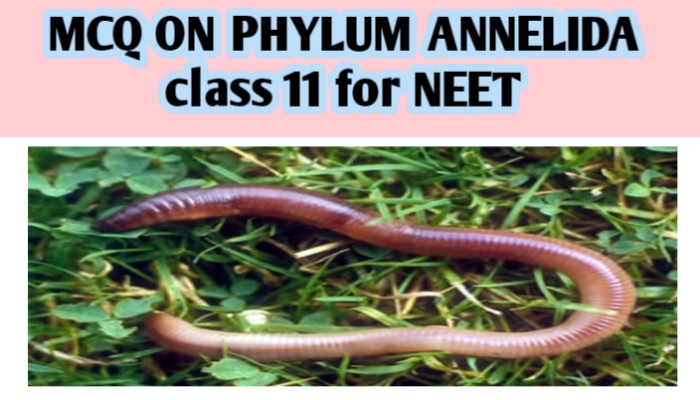
MCQ ON PHYLUM ANNELIDA class 11 for NEET
MCQ Questions for class 11 Biology with Answers were prepared based on the latest pattern. We have provided class 11 Biology MCQs questions on PHYLUM ANNELIDA with Answers to help students understand the concept very well. MCQ on Phylum ANNELIDA is useful for NEET / CSIR / UGC / CBSE / ICSE / AIIMS / EXAM / AFMC EXAM / STATE LEVEL MEDICAL EXAM 2022- 23
Phylum annelida may be aquatic or terrestrial , free living and sometimes parasitic, they exhibit organ system level of body organisation and bilateral symmetry. They are triploblastic , metamerically segmented and coelomate animals. Their body surface is distinctly marked out into segments or metameres and hence phylum named Annelida.
MCQ ON PHYLUM ANNELIDA class 11 for NEET
1. Metamerically segmented or metameres are characteristic of Phylum
(a) roundworms
(b) Cnidaria
(c) annelida
(d) flatworms
Ans (c) annelida
2. Annelida possess longitudinal and circular muscles which help in ?
(a) nutrition
(b) excretion
(c) locomotion
(d) respiration
Ans. (c) locomotion
3. Which aquatic annelida possess lateral appendages?
(a) Nereis
(b) parapodia
(c) metamers
(d) phretima
Ans. (a) nereis
4. Parapodia of annelida help in
(a) locomotion
(b) nutrition
(c) excretion
(d) swimming
Ans.(d) swimming
5. Nephridia of Phylum annelida help in
(a) osmoregulation
(b) excretion
(c) both a and b
(d) nutrition
Ans.(c) both a and b
6. Nereis in aquatic form is ?
(a) monoecious
(b) dioecious
(c) trioecious
(d) tetraoecious
Ans.(b) dioecious
7. Blood sucking leech is
(a) hirudinaria
(b) nereis
(c) pheretima
(d) all the above
Ans.(a) hirudinaria
8. Pheretima is
(a) Wuchereria
(b) Ascaris
(c) Ancylostoma
(d) earthworm
Ans.(d) earthworm
9. Trochopore larvae is found in
(a) annelida
(b) ascaris
(c) Ancylostoma
(d) taenia
Ans. (a) annelida
10. Hirudinaria is
(a) herbivores
(b) carnivorous
(c) omnivorous
(d) sanguivorous
Ans. (d) sanguivorous
ALSO READ:-
● YOU CAN WATCH BIOLOGY SIR Youtube channel
11. Germ layers of phylum annelida is
(a) diploblastic
(b) triploblastic
(c) segmented
(d) metameres
Ans.(c) triploblastic
12. Level of organisation in annelida is
(a) cellular level
(b) tissue level
(c) organ level
(d) organ system level
Ans.(d) organ system level
13. The body cavity of annelida is true
(a) coelom
(b) septa
(c) trochophore
(d) parapodia
Ans.(a) coelom
14. Respiration in annelida occur through
(a) cutaneous respiration
(b) branchial respiration
(c) both a and b
(d) metanephridia
Ans.(c) both a and b
15. Which are unique features of annelida ?
(a) metameric segmentation
(b) nephridia for excretion and osmoregulation
(c) true coelom
(d) all the above
Ans. (d) all the above
16. The polychaeta, oligochaeta and hirudinea are class of ?
(a) Fasciola
(b) taenia solium
(c) liver fluke
(d) annelida
Ans.(d) annelida
17. The sea mouse is
(a) Wuchereria bancrofti
(b) aphrodite
(c) nereis
(d) ascaris
Ans.(b) Aphrodite
18. The sandworm is
(a) Wuchereria bancrofti
(b) nereis
(c) fasciola
(d) plasmodium
And.(b) nereis
19. The blood worm is
(a) pheretima
(b) nereis
(c) ascaris
(d) tubifex
Ans. (d) tubifex
20. The peculiar connective tissue called botryoidal tissue found in
(a) hirudinea
(b) pheretima
(c) nereis
(d) sandworm
Ans.(a) hirudinea

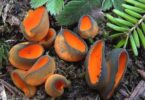
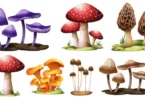
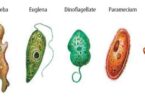
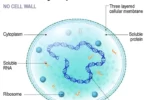
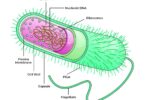
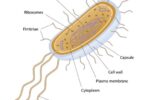
Leave a Comment